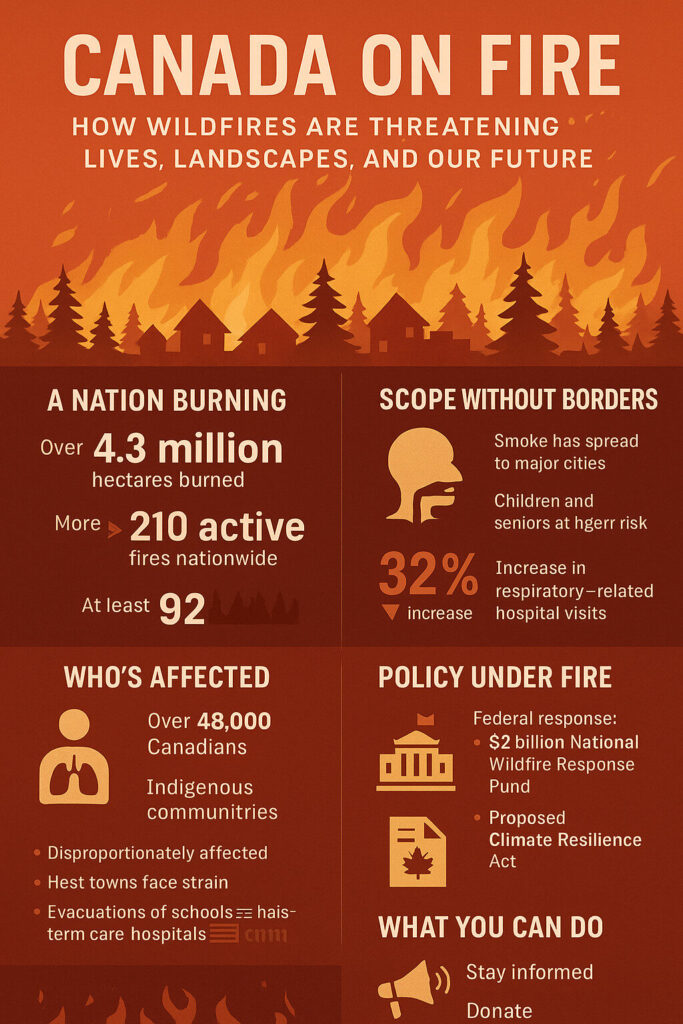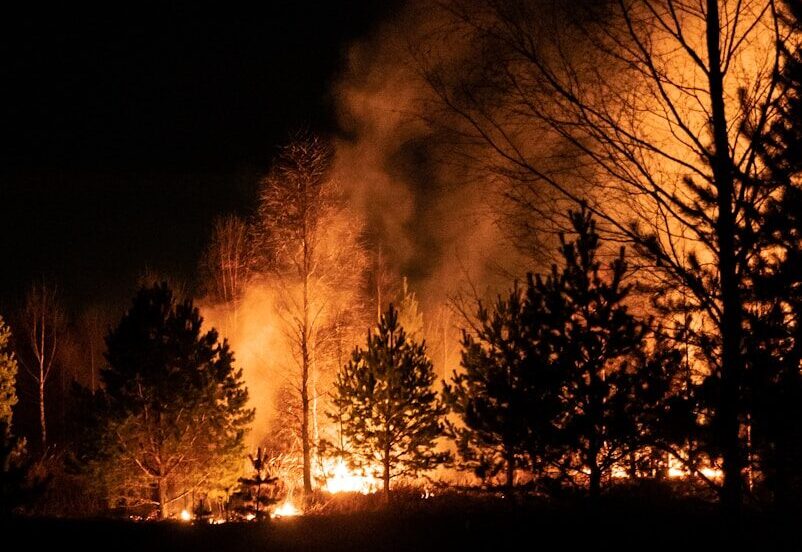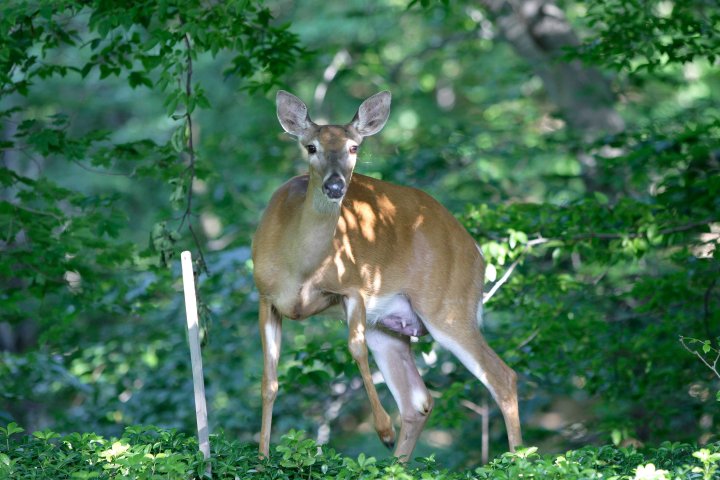Canada is grappling with yet another catastrophic wildfire season. From the boreal forests of British Columbia to the remote towns of Northern Quebec, massive blazes are scorching the land, displacing thousands, and darkening skies with toxic smoke. What was once considered a “bad year” is now the new normal—and it’s putting the very fabric of the nation at risk.
A Nation Burning: The Scope of the 2025 Wildfires
By early June, over 4.3 million hectares of Canadian land have already burned—more than double the 10-year average at this point in the season, according to Natural Resources Canada. More than 210 active fires are raging across the country, with at least 92 classified as out of control.
British Columbia, Alberta, Saskatchewan, and Quebec are the hardest-hit provinces, while the Northwest Territories, still recovering from 2023’s devastating fire season, are facing renewed threats. One of the largest current blazes, the Lac La Loche Fire in northern Saskatchewan, has already forced the evacuation of several First Nations communities and shows no signs of slowing.
Who’s Affected: Evacuations and Human Toll
Wildfires don’t just destroy forests—they uproot lives. As of today:
- Over 48,000 Canadians have been forced to evacuate their homes this season.
- Indigenous communities are disproportionately affected, especially in remote areas with limited evacuation infrastructure.
- Host towns, such as Prince George (BC) and Val-d’Or (Quebec), are struggling to provide shelter, food, and medical support to evacuees.
- Schools, long-term care homes, and hospitals in affected regions have been evacuated or closed due to air quality and fire threats.
An emotional example comes from Wabowden, Manitoba, where 12-year-old Ella Cardinal told CBC: “I saw the fire coming over the hill. We had to leave our pets behind because there was no time. I just want to go home.”
Smoke Without Borders: The Health Impact Across Canada
It’s not just those near the flames who suffer. Wildfire smoke has blanketed cities like Toronto, Ottawa, and Winnipeg, triggering air quality alerts and closing outdoor events and schools. In late May, Toronto recorded an Air Quality Health Index of 9 (high risk), worse than Beijing on the same day.
Prolonged smoke exposure is now a public health emergency:
- Hospital visits for respiratory issues are up 32% compared to the same time last year.
- Children, seniors, and those with asthma are at particular risk.
- Experts are calling for the government to subsidize HEPA air filters for low-income households.
A History of Fire, Now on Fast-Forward
Canada has a long history of wildfires, but the scale and frequency are spiraling.
Some of the worst fire tragedies in our history include:
- The Great Miramichi Fire (1825) – Destroyed over 1.2 million hectares and claimed hundreds of lives in New Brunswick.
- The 2016 Fort McMurray Wildfire – The costliest disaster in Canadian history at $9.9 billion in damages, displacing over 88,000 people.
- 2023’s Historic Fire Season – Over 18.5 million hectares burned, nearly double the previous record.
Scientists and firefighters alike now agree: we’ve entered a new era of megafires.
Why This Is Happening: Climate, Mismanagement, and More
Several factors are converging to create a perfect storm:
1. Climate Change
Longer droughts, hotter temperatures, and erratic weather are priming forests for ignition. Canada is warming at twice the global average, according to Environment and Climate Change Canada.
2. Fuel Buildup
Decades of fire suppression have left forests overcrowded with dry brush—perfect tinder for fires to explode out of control.
3. Lightning and Human Error
In 2024, over 56% of wildfires were caused by lightning strikes, with the rest due to unattended campfires, sparks from ATVs, and even arson.
Policy Under Fire: Is Canada Doing Enough?
Public pressure is mounting for real action, and governments are responding—though perhaps not fast enough.
Federal Initiatives in 2025:
- A $2 billion National Wildfire Response Fund was launched in May to support provinces, pay for new equipment, and expand aerial firefighting capacity.
- The Canadian government has committed to training 1,000 new wildfire fighters over the next 18 months.
- A Climate Resilience Act, introduced in the House of Commons last week, proposes mandatory wildfire risk assessments for all new housing developments in fire-prone regions.
Provincial Moves:
- BC has banned all open burning indefinitely and is piloting controlled burns to manage forest fuel loads.
- Quebec is considering mandatory evacuation insurance for homeowners in high-risk zones.
Still, critics argue that reactive measures aren’t enough. Environmentalists and First Nations leaders are calling for proactive land management, more Indigenous-led fire stewardship, and deeper investments in prevention rather than just response.
Communities Rising: Stories of Strength and Solidarity
Despite the destruction, there’s no shortage of Canadian courage and kindness.
- In Calgary, volunteers have opened their homes to displaced families from the Peace River area.
- A small bakery in Kamloops is donating fresh bread daily to evacuee shelters.
- Local firefighters from as far away as Newfoundland are traveling cross-country to join the front lines.
These acts of solidarity highlight the best of who we are—but they also underscore the growing burden on communities, charities, and municipal budgets.
What You Can Do: Staying Safe and Helping Out
Here are a few practical ways Canadians can make a difference:
- Stay informed with alerts from Canada’s Fire Weather Map.
- Donate to organizations like the Canadian Red Cross or Indigenous Firefighters Association.
- Prepare an evacuation kit with essentials in case you’re in a fire-risk zone.
- Advocate for better climate and forest management policies at the local level.
Final Thoughts: A Nation at a Crossroads
The wildfires of 2025 are not just a seasonal crisis—they are a flashing red warning light for Canada’s future. Climate change, mismanaged landscapes, and underprepared infrastructure are turning our beautiful forests into ticking time bombs. But with informed action, resilient communities, and bold policy changes, we can chart a safer course forward.
Because if there’s one thing fire teaches us—it’s that what we do today matters tomorrow.
By Canadians, for Canadians—because this is our land, and it’s worth fighting for.





